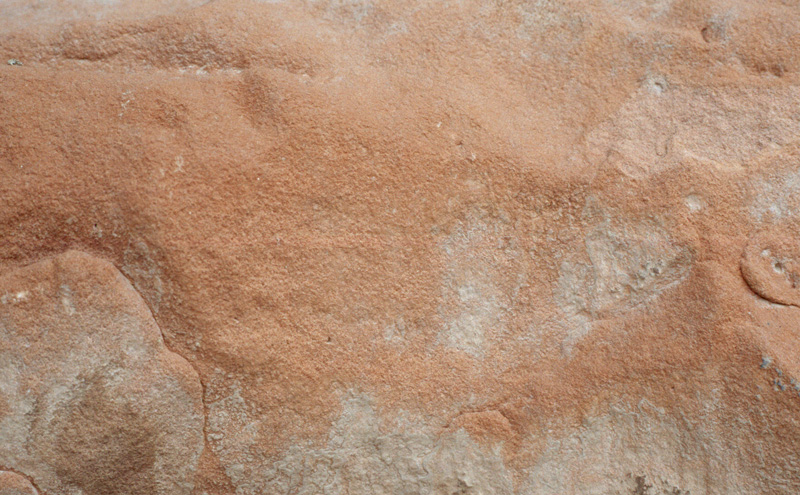a business building from the 1890s,
City Hall (1983),
the Evans Hotel (1892) and Minnekahta Block business building,
Union Station (1891),
and the Gibson House Hotel (1911).
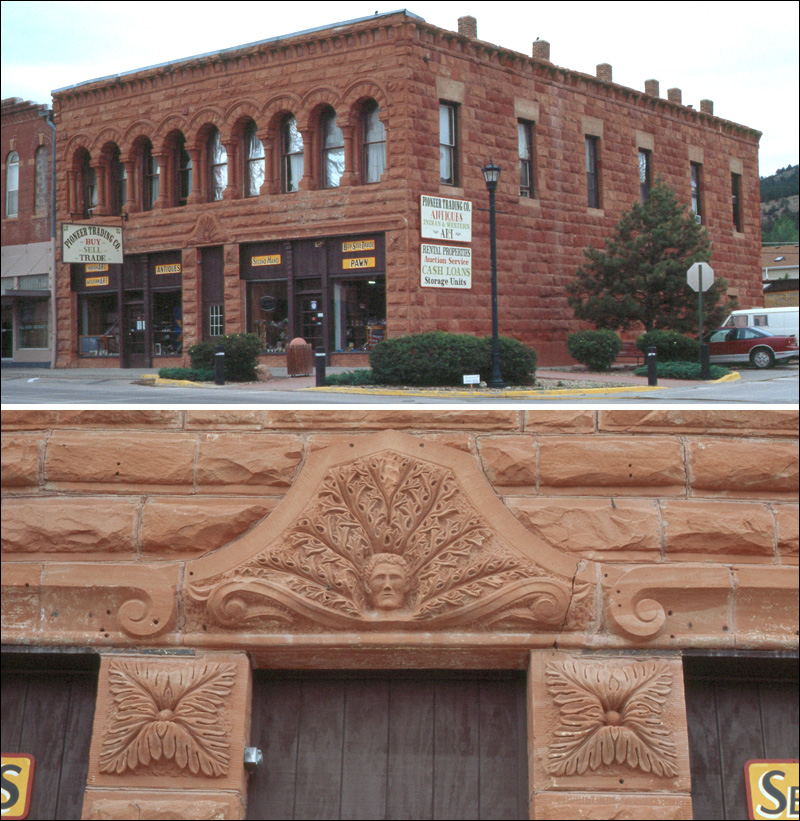
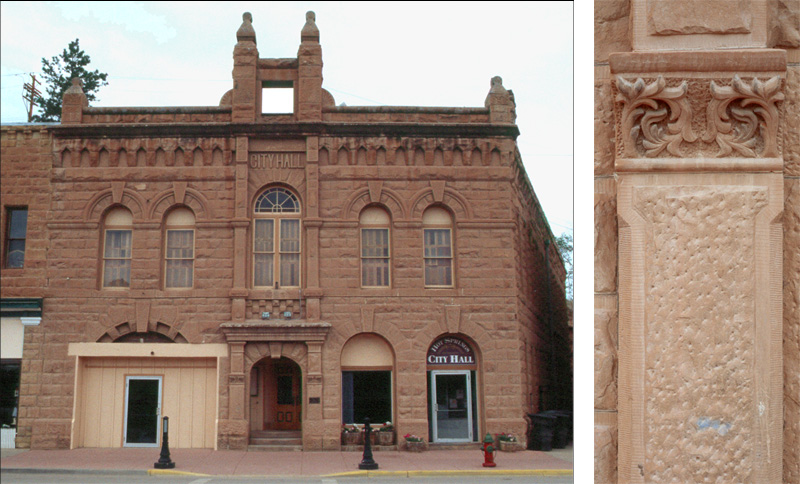

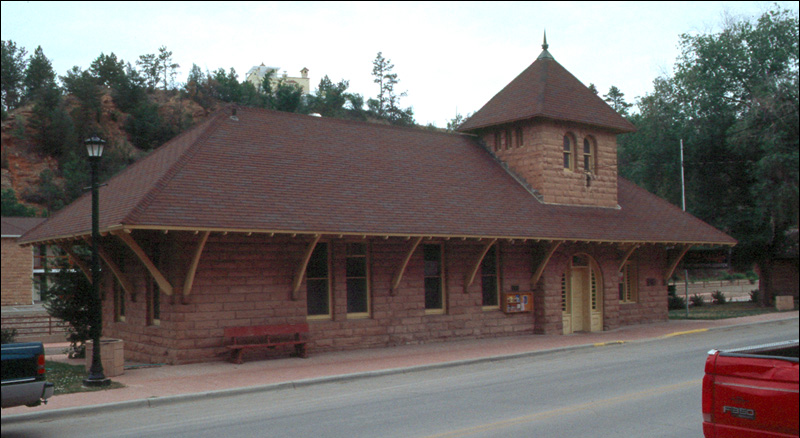
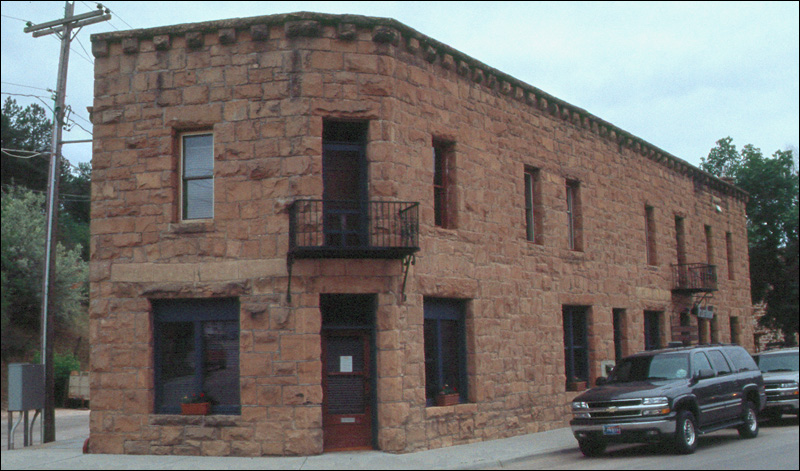
All the town's major early buildings were built of stone from the Evans Quarry, which was of course owned by John Evans. The stone is the Early Cretaceous Fall River sandstone, the type section of which is of course Evans Quarry. Stratigraphers from outside the region may better know the Fall River as the Dakota Sandstone.
The Fall River sandstone provides relatively uniform blocks, as can be seen in the image below. It's also relatively soft, allowing the carving shown in the detailed views above. The availability of this stone and the prosperity of Hot Springs in the late 1800s combined to produce a remarkable town of sandstone architecture.
